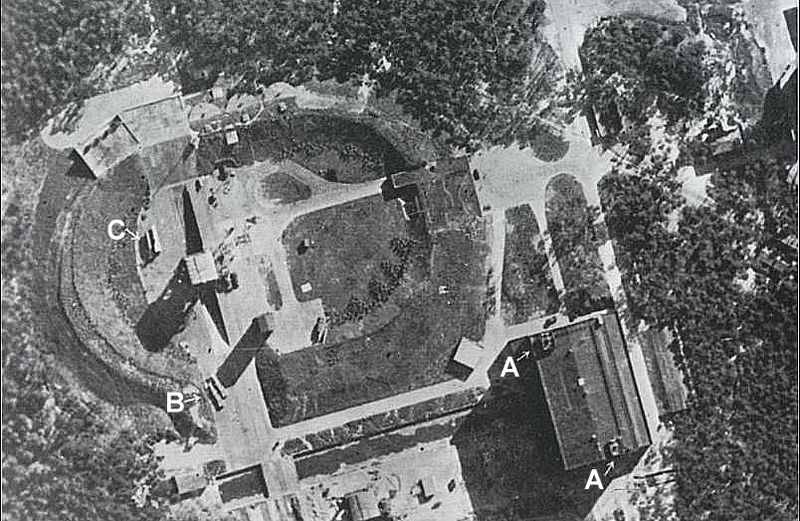Fichier:Peenemunde-165515.jpg

Taille de cet aperçu : 800 × 521 pixels. Autres résolutions : 320 × 209 pixels | 640 × 417 pixels | 804 × 524 pixels.
Fichier d’origine (804 × 524 pixels, taille du fichier : 301 kio, type MIME : image/jpeg)
Historique du fichier
Cliquer sur une date et heure pour voir le fichier tel qu'il était à ce moment-là.
| Date et heure | Vignette | Dimensions | Utilisateur | Commentaire | |
|---|---|---|---|---|---|
| actuel | 25 novembre 2013 à 15:00 |  | 804 × 524 (301 kio) | Soerfm | Annotation |
| 4 octobre 2007 à 09:55 |  | 804 × 524 (274 kio) | CarolSpears | {{Information |Description=An aerial view of Peenemünde, Germany where Konrad Dannenberg designed and tested the first successful rocket launches. |Source=http://www.nasa.gov/centers/kennedy/images/content/165515main_peenemunde.jpg |Date= uploaded ~~~~~ |
Utilisation du fichier
La page suivante utilise ce fichier :
Usage global du fichier
Les autres wikis suivants utilisent ce fichier :
- Utilisation sur be.wikipedia.org
- Utilisation sur bg.wikipedia.org
- Utilisation sur ca.wikipedia.org
- Utilisation sur da.wikipedia.org
- Utilisation sur de.wikipedia.org
- Utilisation sur en.wikipedia.org
- Utilisation sur es.wikipedia.org
- Utilisation sur fa.wikipedia.org
- Utilisation sur it.wikipedia.org
- Utilisation sur pl.wikipedia.org
- Utilisation sur pms.wikipedia.org
- Utilisation sur pt.wikipedia.org
- Utilisation sur ru.wikipedia.org
- Utilisation sur sl.wikipedia.org
- Utilisation sur th.wikipedia.org
- Utilisation sur tr.wikipedia.org
- Utilisation sur uk.wikipedia.org
- Utilisation sur www.wikidata.org

